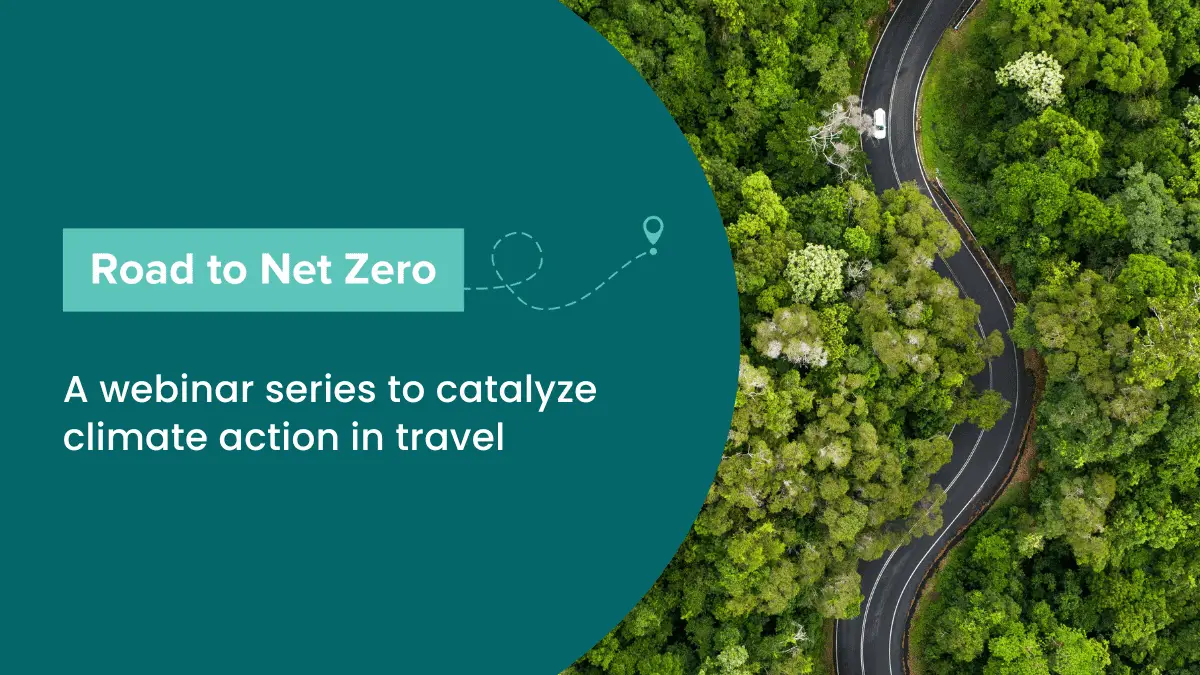
Each webinar will focus on a different topic related to climate action in travel, with the first slated to explore the effectiveness of forest carbon offsets as a climate solution. SEATTLE, WA (April 4, 2023) – Today, Sustainable Travel International announced it will host a new webinar series, Road to...
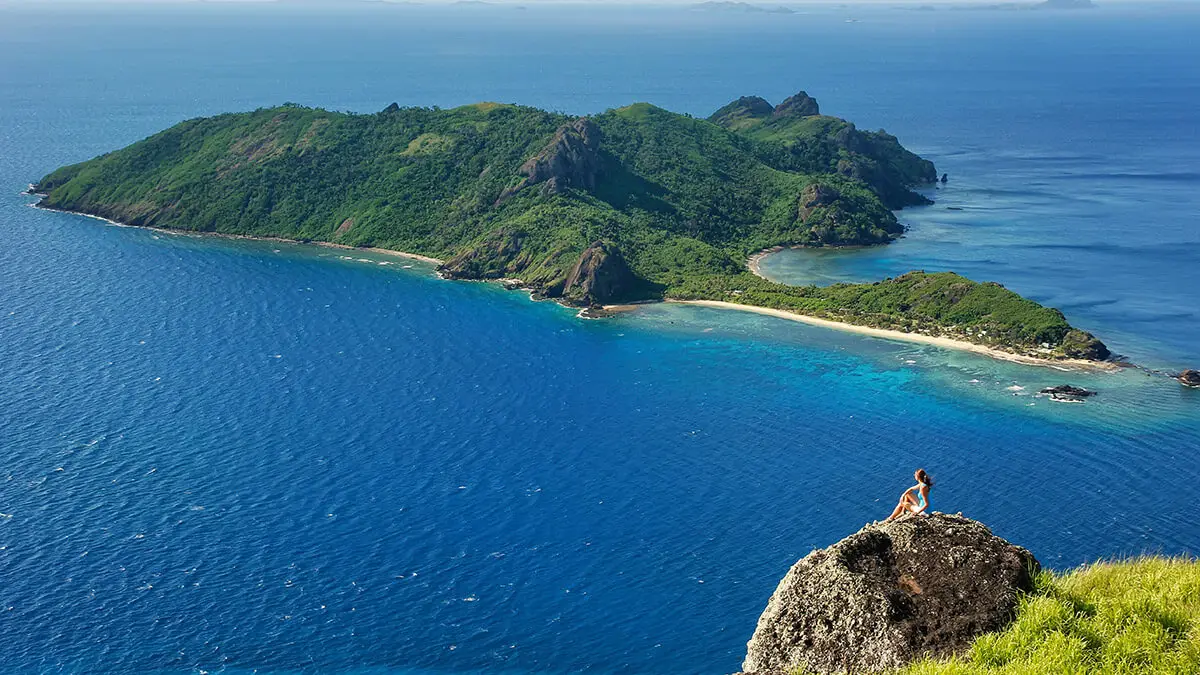
Travel provides an unparalleled opportunity to explore the world’s most remarkable ecosystems and natural treasures. Yet it’s no secret that travel can be a burden on the environment and the wild places we visit. But this doesn’t have to be the case. There are plenty of ways that you can...
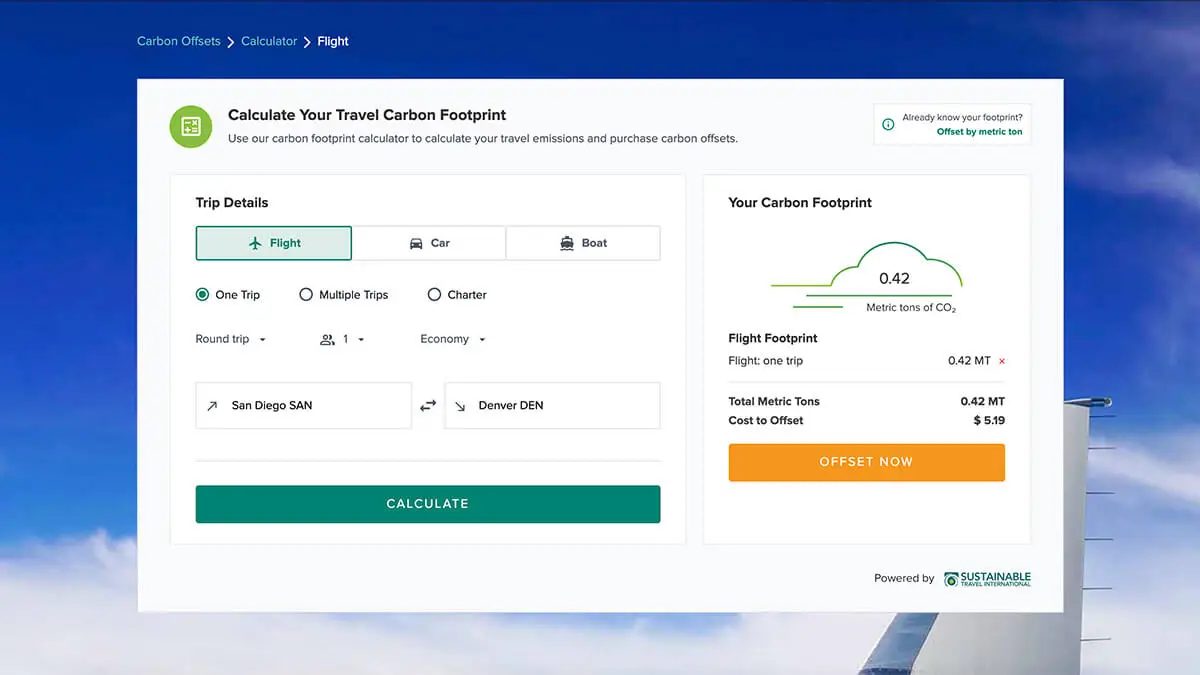
Seattle, WA (March 24, 2022) – Today, Sustainable Travel International launched a new online carbon footprint calculator that promotes climate-friendly travel by enabling users to measure and offset their travel emissions. This new tool is designed specifically for travel activities including commercial and charter flights, vehicles, cruises, liveaboards, and yachts....

As the world races to stop climate change, trees are receiving more attention for the role they play in cooling the climate – and for good reason! Trees absorb and store massive amounts of carbon, and unlike other carbon removal methods they don’t require expensive technology. Research indicates that natural...
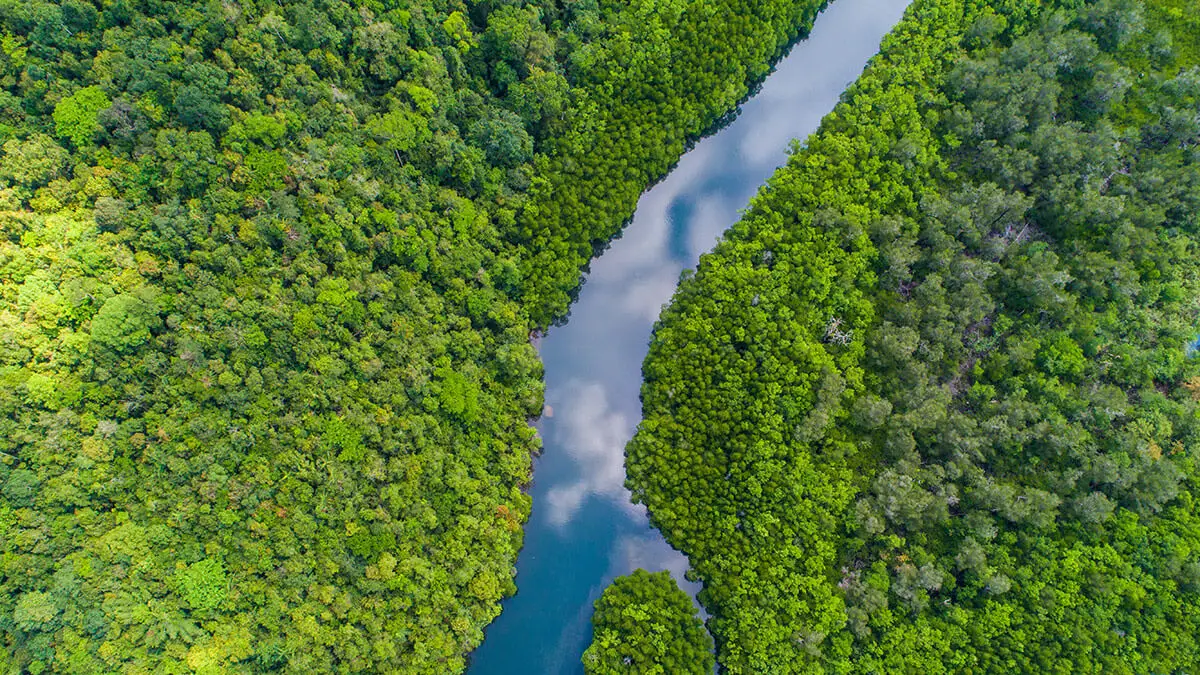
From subalpine conifer forests to lush tropical rainforests, forests cover nearly one-third of the earth’s land surface. But as people burn and chop down massive amounts of trees, this forest coverage is rapidly dwindling. In 2020, a football field-sized area of tropical forest was lost every four seconds. As our...
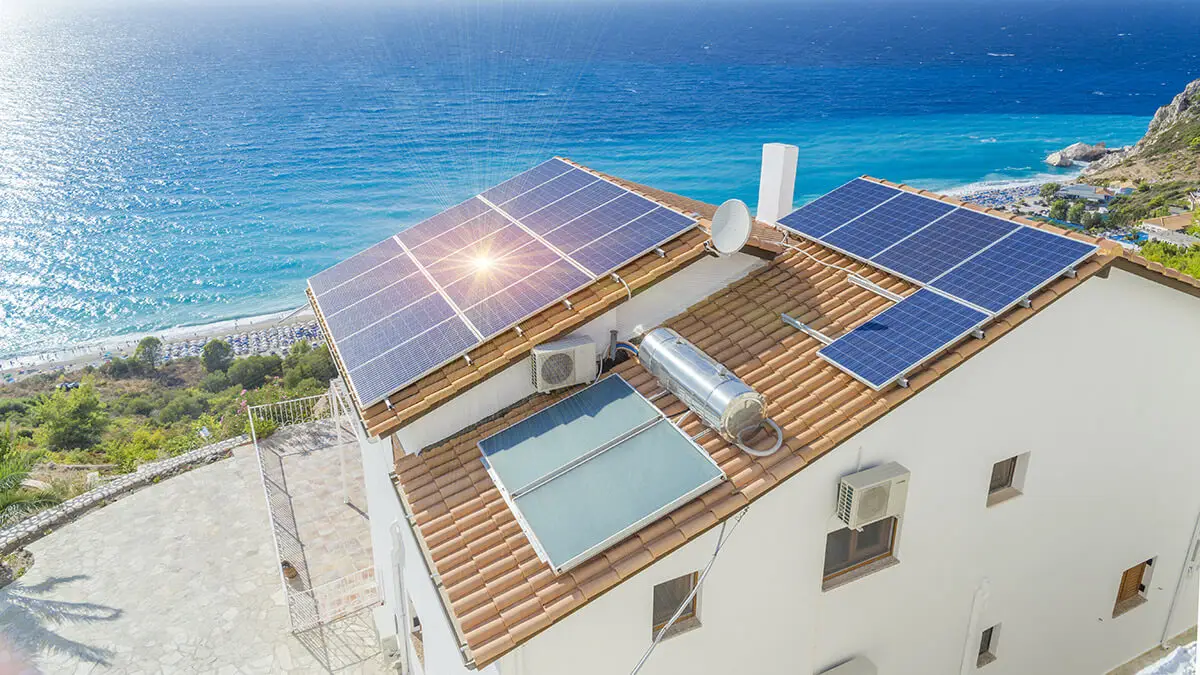
Gone are the days when hotels could simply put up signs encouraging guests to reuse their towels and then call themselves “green.” As travelers become more aware of the environmental impacts of their actions, they are increasingly choosing brands that adopt eco-friendly practices. With climate change at the forefront of...